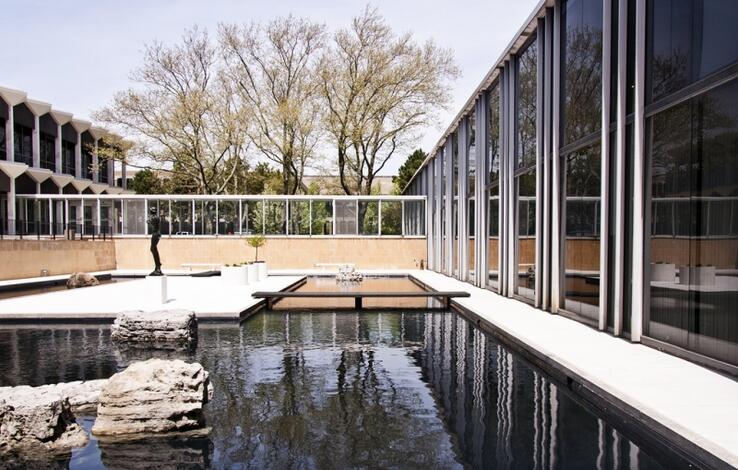Michigan Central Station
This Beaux Arts station has been abandoned since 1988 when Amtrak ceased its service here. Built on a scale akin to Grand Central, it was glorious in its dayand once housed the offices of Motown among other glamorous tenants. It is now the property of Manuel (Matty) Maroun, a cranky millionaire who also owns nearby Ambassador Bridge (yes, a private citizen owns this piece of infrastructure that connects Detroit to Windsor, Canada across the river). Renovation estimates have ranged from $80 to $300 million making the return of this landmark unlikely any time soon, given Detroit’s financial straits.
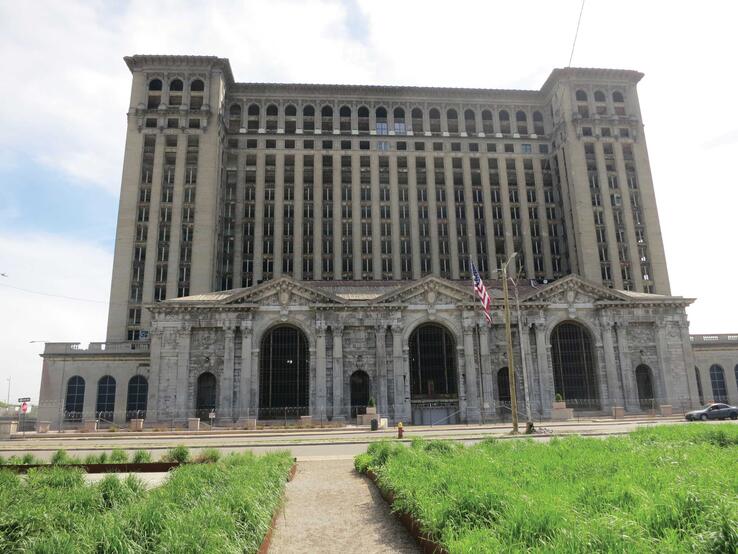
East English Village
Every city has vacant lots and abandoned properties but Detroit alas in a class by itself in this arena with over 20 square miles of vacant land and approximately 50,000 homes slated for demolition. The Detroit Land Bank is working to rectify this problem the best it can, selling rehab-able homes at auction, properly demolishing homes that are no longer safe – but it still boggles the mind to see in person how vast this problem is for the city.
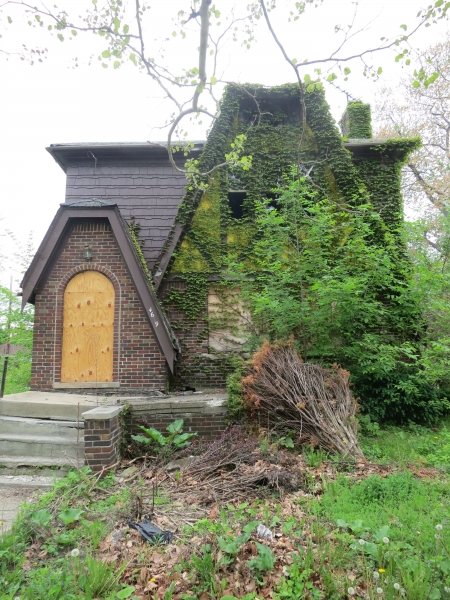
Lafayette Park
This magical enclave of Mies van der Rohe homes is one of the city’s most desirable addresses. The “less is more” aesthetic is softened by the most gorgeous landscaping. Architects saw the value of this place years ago; Cox tells me that property values have basically tripled here in the last few years. The only downside is that there’s nothing walkable about it (a truism alas for most of Detroit); the closest retail is a Dollar Store.
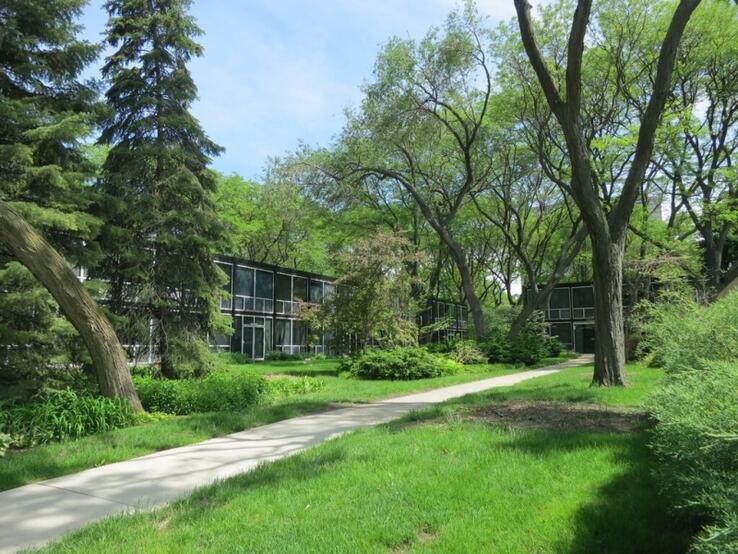
Tactical Urbanism Downtown
Walking around the Dan Gilbert-financed downtown, I wasn’t too surprised to find myself behind a guy with piercings, blue hair and a Maker Faire t-shirt. I followed him into the Roasting Plant Café for a coffee (10 different beans were on offer) and discovered next door a smattering of food trucks and this NYC-influenced temporary park, complete with bike repair kiosk, and basketball and volleyball courts.
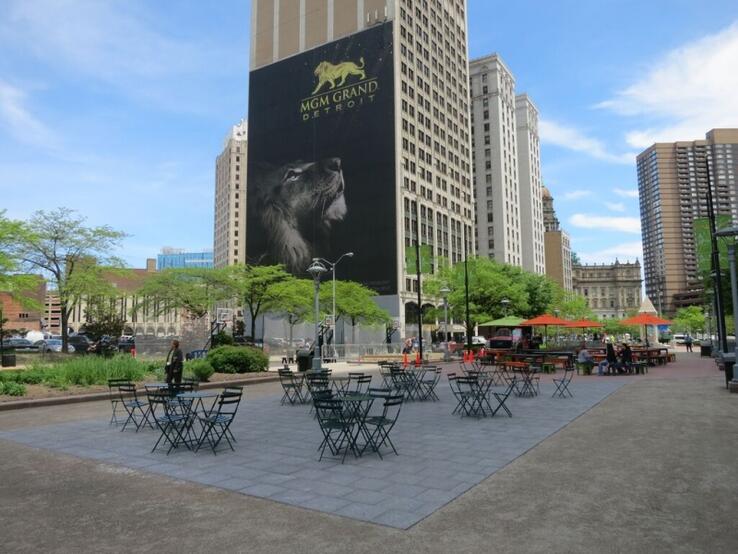
Detroit Institute of Art
Detroit firmly believes in staying positive even, it must be said, when a little bit of critical distance would be helpful. But this is one positive story. When the struggling city contemplated selling masterpieces from the collection of the Detroit Institute of Art to make up for budget shortfalls, a consortium of groups stepped in with financial assistance to keep this desperate measure from happening. The DIA is a national treasure and a symbol of hope for the community. It was bustling and alive, filled with school groups when I visited.
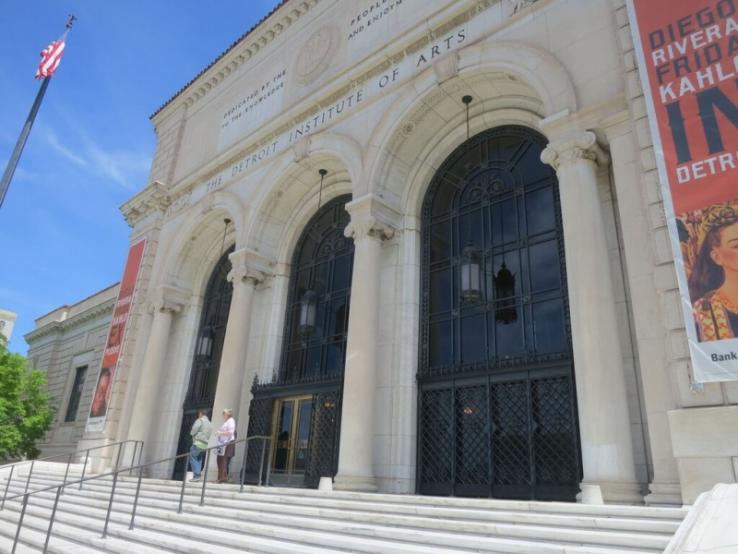
The Buildings of Minoru Yamasaki at Wayne State University
Architect Minoru Yamasaki designed the World Trade Center towers and the Pruitt Igoe housing projects, but not all of his work is imbued with such negativity. Case in point: the graceful collection of buildings created for the university, which include the McGregor Center, which opened in 1958 and recently underwent a $1.8 million restoration.
